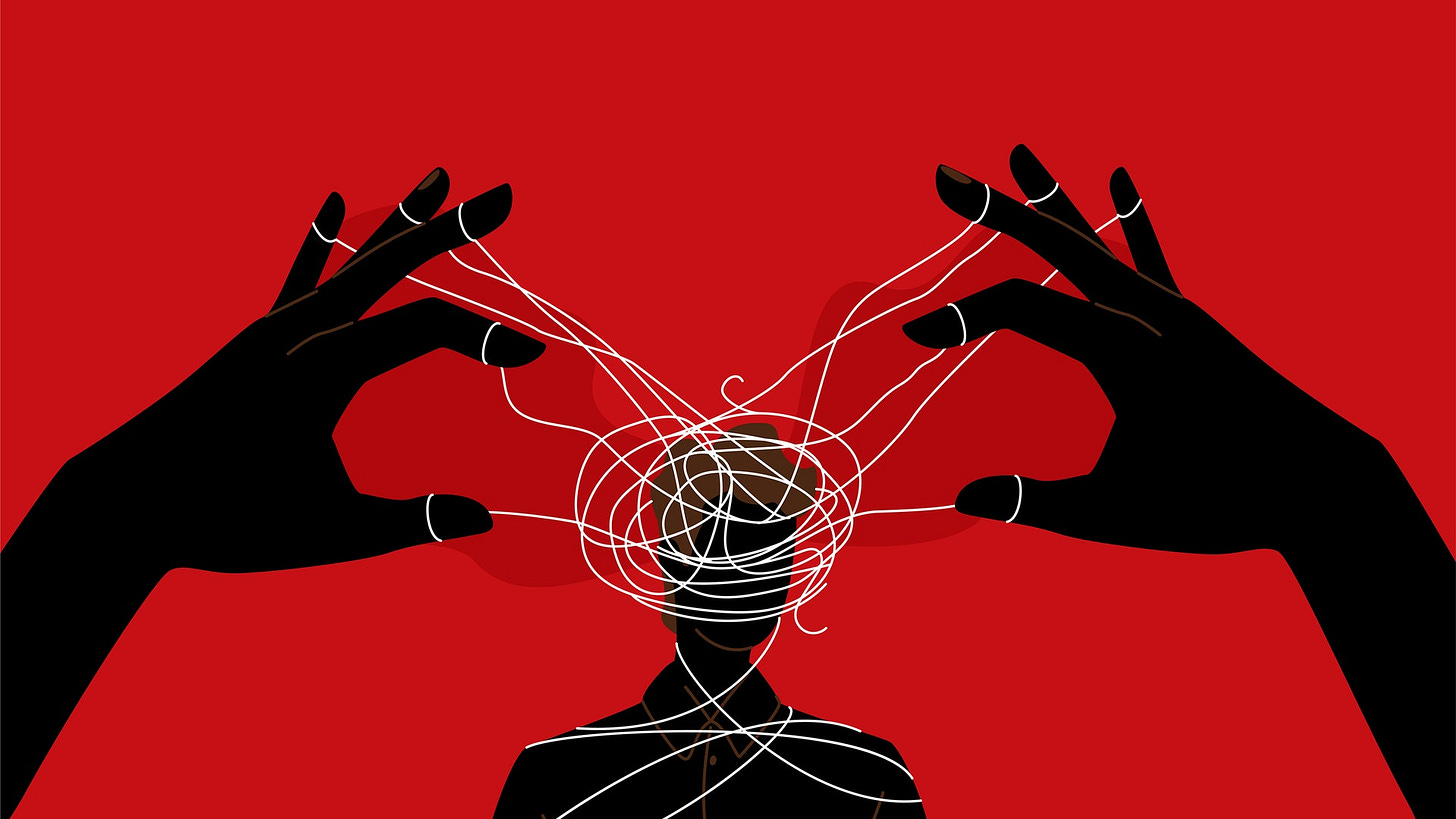Psychological tactics that manipulate behavior often operate beneath our conscious awareness, subtly influencing our decisions and interactions. These simple yet cunning strategies harness deep-seated cognitive biases to shape emotions and actions discreetly.
Eye Contact: A Gateway to Immediate Connection
Complimenting someone’s eyes upon meeting does mor…


